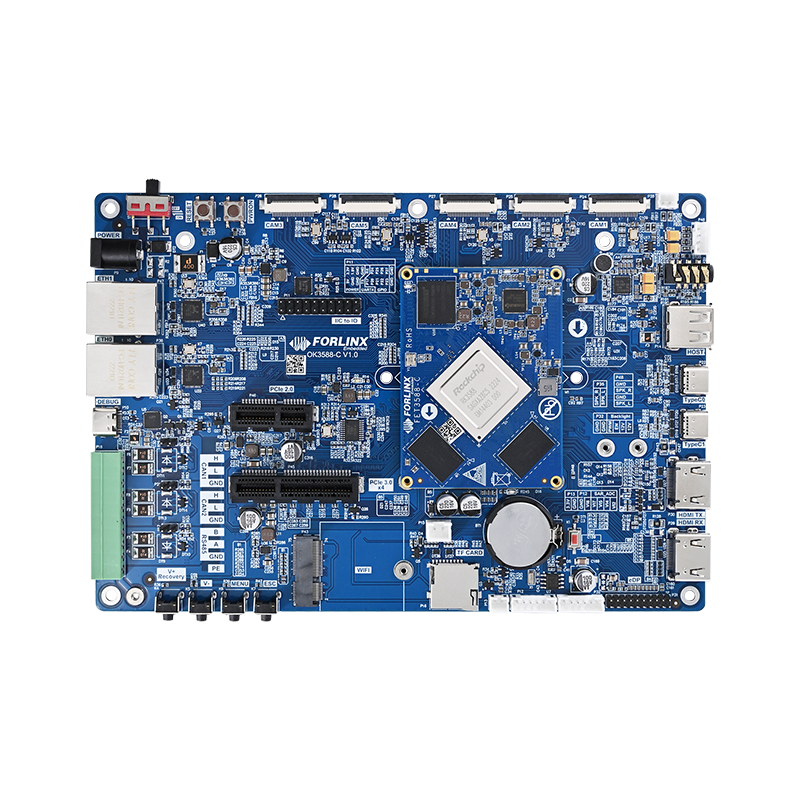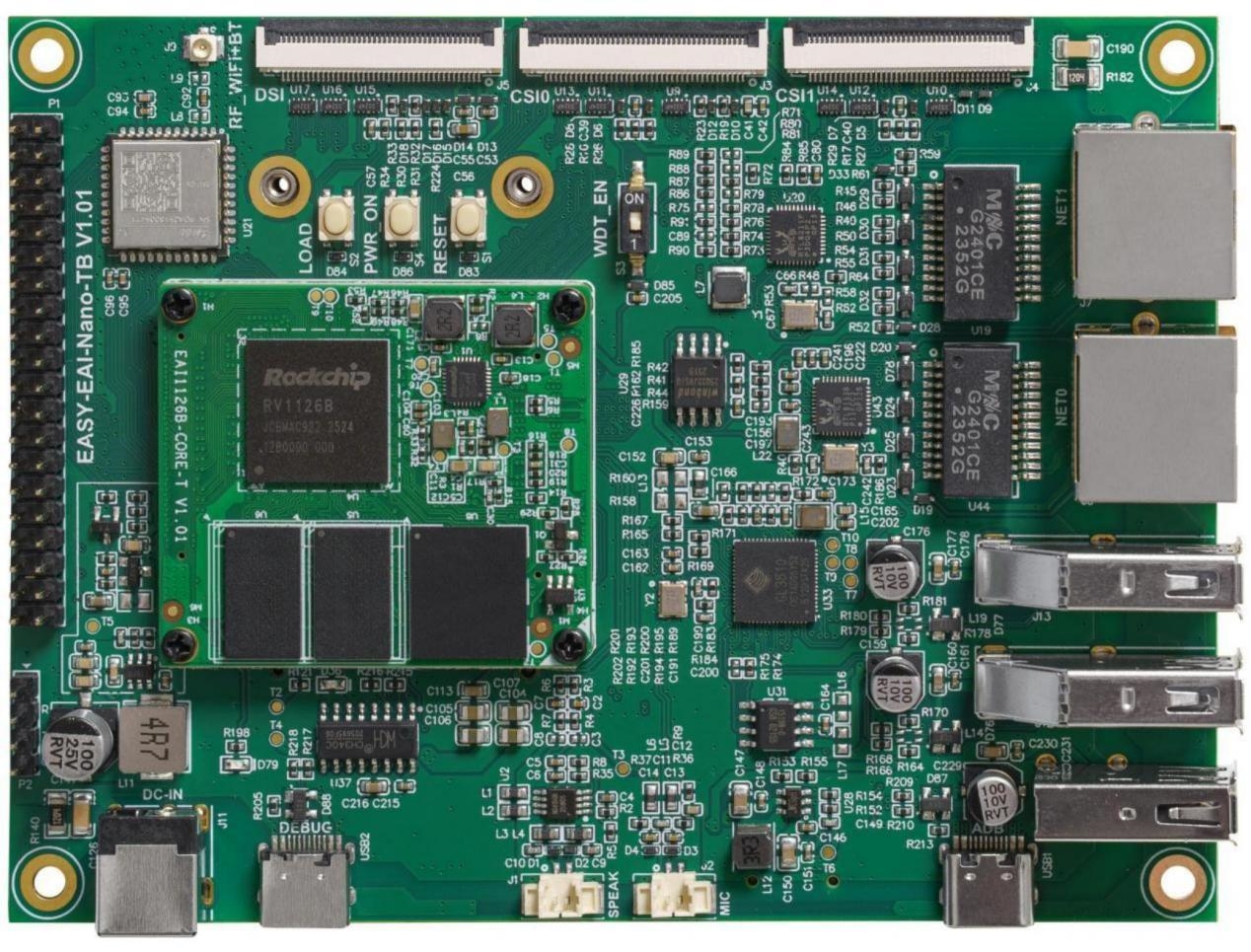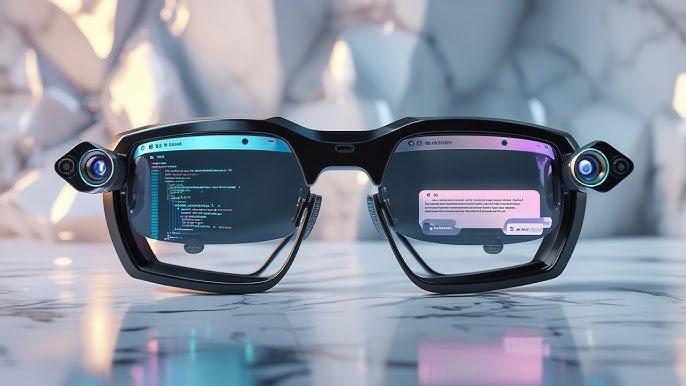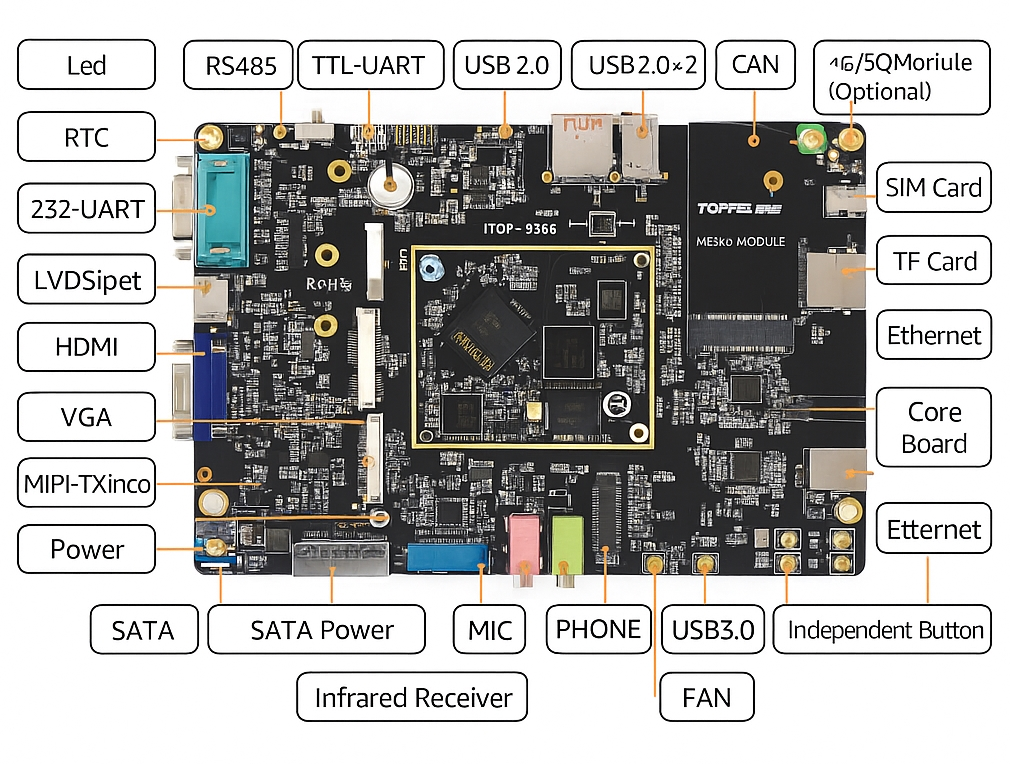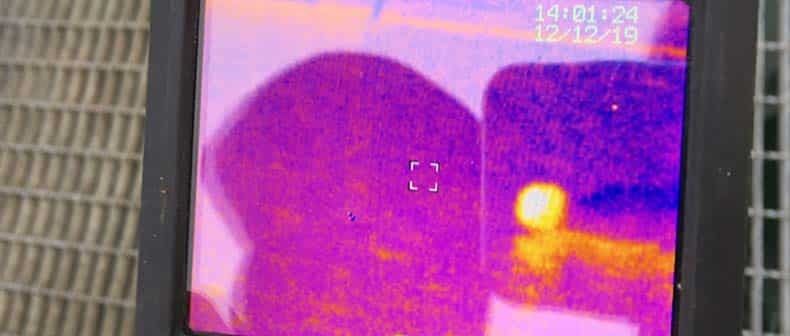On July 9, 2025, despite tariff threats impacting global markets, NVIDIA's stock surged due to strong demand for AI technologies. The company's share price reached a peak of $162.43, pushing its market capitalization to $4 trillion, surpassing Microsoft and Apple. This milestone marks NVIDIA as the first chip company to achieve this valuation, solidifying its position as the world's most valuable publicly traded company.
AI Demand Drives NVIDIA's Growth
Founded in 1993 by Jensen Huang in California, NVIDIA initially focused on graphics processing units (GPUs). The rapid rise in AI demand, particularly for large language models and generative AI, has positioned NVIDIA as a key supplier of computing infrastructure. Since its 1999 IPO, NVIDIA has delivered a compound annual growth rate exceeding 33%. By February 2024, its market cap surpassed $2 trillion, and on June 18, 2024, it overtook Microsoft with a $3.3 trillion valuation.
In early 2025, the Chinese market saw the emergence of DeepSeek, which reduced reliance on NVIDIA's high-end GPUs through optimized algorithms and efficient resource use, leading to a 16.97% drop in NVIDIA's stock and a $592.6 billion market cap loss in a single day. However, NVIDIA rebounded, with its stock rising 74% from its low, achieving a 22% year-to-date gain by July 2025.
Blackwell Series and Major Orders
On March 19, 2025, at the NVIDIA GTC 2025 conference, Jensen Huang announced the full production of the Grace Blackwell series (GB200) chips. A major customer committed to purchasing 40,000 units to build a data center for OpenAI's $100 billion "Stargate" project, one of the largest AI computing clusters in the U.S. In May, NVIDIA secured multi-billion-dollar chip deals in the Middle East, delivering over 18,000 GB300 Blackwell AI chips and InfiniBand networking technology for AI model development and data center projects, representing 12% of its Q1 2025 global shipments.
Market Performance and Projections
A June 2025 TrendForce report ranked NVIDIA as the top IC vendor globally for Q1, with AI data center revenue exceeding $42.3 billion, a 12% quarterly and 72% annual increase. Despite U.S. export restrictions limiting H20 chip sales to China, the higher-priced Blackwell platform is expected to offset financial impacts by replacing the Hopper platform. The global AI accelerator market, valued at $45 billion in 2023, is projected to reach $500 billion by 2028, with a 60% compound annual growth rate.
On March 19, 2025, NVIDIA launched the GB300 Blackwell Ultra chip, including the NVL72 rack-scale solution and HGX B300 NVL16 system. Compared to the GB200 NVL72, the NVL72 offers 5x higher AI performance, while the HGX B300 NVL16 boosts large language model inference speed by 11x, computing performance by 7x, and memory capacity by 4x. On July 3, 2025, cloud server provider CoreWeave received the first Dell-built GB300 NVL72 server racks, equipped with 72 Blackwell Ultra GPUs, 36 Arm Neoverse-based Grace GPUs, and 18 BlueField-3 DPUs, delivering up to 50x better inference performance than the Hopper architecture.
Supply Chain and Future Outlook
Taiwan-based supply chain reports indicate that Foxconn has expanded production in Texas and Wisconsin, currently shipping GB200 AI servers and preparing to produce GB300 servers. Foxconn's Houston factory has introduced humanoid robots, deepening its collaboration with NVIDIA. Morgan Stanley predicts GB200 AI server orders will continue through 2025, with global production of NVL72 racks rising from 1,000¨C1,500 units in April to 2,000¨C2,500 in May. Annual AI server rack shipments are expected to reach 25,000¨C30,000 units, with GB200 chip shipments around 2 million, primarily to North American cloud providers and OpenAI.
TrendForce projects the global AI server market to grow to 2.1 million units in 2025, a 24.5% year-over-year increase, driven by the rapid adoption of AI applications and NVIDIA's advancements in chip performance.
 ALLPCB
ALLPCB


